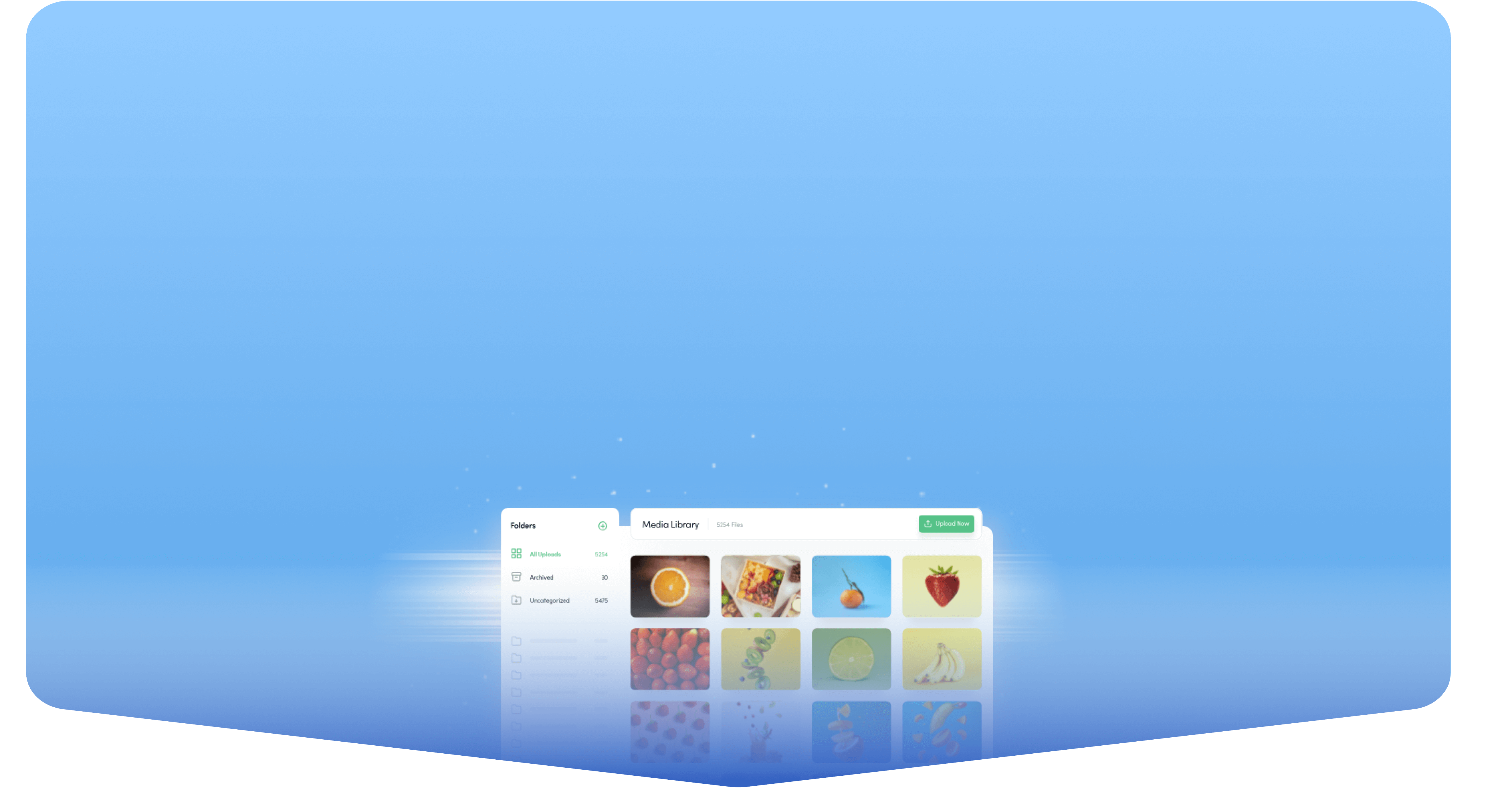Bulk-generate & schedule posts in seconds with Smart Scheduling. Try now!
Stories vs. Reels: Which Format Works Better for B2B and B2C?

Social media never slows down. You can put effort into nailing one format, and another pops up and takes over. It all started with polished photo posts. Then it shifted to long-form clips. Now, we live in the age of fast-moving content. Stories and Reels are the stars of today’s feeds. They’re fun and engaging. They can also be insanely effective when used the right way.
If you’re running a business, B2B or B2C, you’ve probably asked yourself, which one should you put your energy into? Are Stories better? Or should you go all in on Reels?
There’s no clear winner. Both formats serve different purposes. When you understand how to use each strategically, that’s when you’ll see results. Let’s take a look at the strengths of Stories and Reels.
Stories
Posting a Story is basically your way of whispering to your audience, “Hey, this is what’s going on behind the scenes.” They’re short and casual. They disappear in a day unless you pin them to your highlights. And that’s exactly why people love them.
They’re not about overthinking or overproducing. Stories hit hardest when they’re unpolished, in-the-moment, and real.
Why they work
- They feel real: They let you pull back the curtain and share the authentic side of your brand. It can be office jokes, a snapshot of the team bouncing around ideas, or giving a client a shoutout.
- They’re engaging: Interactive tools (polls, Q&As, and quizzes) make it simple for people to jump in and respond.
- You can post them freely: You can share multiple Stories in a day without overwhelming people. The same won’t go with feed posts.
Take an IT software outsourcing company, for instance. Through Stories, they can share everyday moments: a behind-the-scenes celebration, a handy coding hack, or a fun poll about which programming language people are curious about. It makes the company more approachable.
A good B2C example would be an e-commerce fashion label. They could post today’s outfit inspiration, run a 24-hour flash sale, or feature customer-generated content. The fact that Stories vanish adds urgency. It’s a now-or-never vibe that gets people to act.
Reels
If Stories are a casual coffee chat, Reels are your brand on stage with a spotlight. Unlike Stories, they stick around permanently on your profile (unless you delete them). And the best part? They’re designed to reach beyond your current followers. They’ll disappear only if you delete them. The algorithm loves Reels. They’re getting prime placement on feeds thanks to Instagram and Facebook. That can give you an incredible opportunity to grow your audience.
Why they work
- Massive reach potential: Reels are pushed to new audiences, not just your current followers.
- Evergreen effect: A strong Reel keeps working for you long after it’s posted. It can bring in views for weeks or even months.
- Creative versatility: They can be educational, entertaining, funny, or inspirational. They’re flexible enough to suit almost any brand.
If you’re a B2B marketing agency, you can post a Reel breaking down “3 LinkedIn hacks in under 60 seconds” or “SEO mistakes you might be making.” These not only drive reach but also establish authority.
On the B2C side, a skincare brand could post a quick before-and-after transformation or a how-to-apply product demo. With the right music or trend, that single Reel could explode. It can reach tens of thousands of people who’ve never even heard of the brand.
Side-by-side comparison

Which works better for B2B?
B2B marketing is a long game. You’re not typically aiming for a quick sale. You’re building relationships, proving expertise, and nurturing leads.
Stories for B2B are fantastic for showing transparency and authenticity. If you’re an IT services provider, a fintech startup, or an IT software outsourcing company, Stories give you a space to highlight your people and processes. You can show your team in action, share client testimonials, or give followers a glimpse into events you’re attending.
Reels for B2B are your stage for thought leadership. A quick Reel on “5 Mistakes Businesses Make with Cloud Migration” or “What to Know About AI in Logistics” could reach far beyond your followers. Even if B2B audiences aren’t binge-watching like Gen Z, they still value authoritative, helpful content.
Which works better for B2C?
B2C, on the other hand, thrives on immediacy and emotion. Customers are looking for inspiration, entertainment, or that little nudge to buy right now.
Stories for B2C are great for promotions that need quick action. A restaurant can showcase today’s lunch special. A fashion retailer can drop a “24-hour only” discount code. Influencers can use interactive stickers to engage with their followers in real time.
Reels for B2C are for discoverability. A single clever, entertaining Reel can spread to thousands of potential customers who weren’t even aware of your brand. Think of brands like Gymshark or Glossier, which grew their visibility largely through short, engaging video content.
The algorithm angle
There’s one big factor to consider. The platforms themselves. Instagram and Facebook are heavily invested in promoting Reels right now. So, if you’re chasing growth, you’ll see better reach there.
Stories, though, show up at the top of your followers’ feeds. They may not bring in tons of new people. But they’re perfect for nurturing the ones you already have.
Also Read: Social media algorithms: Easy tips to grow your reach
Practical tips
Don’t treat Stories and Reels as competitors. You can think of them as teammates. Here’s a guide for you:
- Repurpose content smartly: You can post a Reel and then use Stories to tease it and drive traffic.
- Split casual vs. polished: You should share behind-the-scenes or bloopers in Stories. At the same time, the final polished content should be in Reels.
- Cross-promote: You can use Reels to attract new followers. And then nurture them with interactive Stories.
- Balance posting frequency: Aim for daily Stories but only a few high-quality Reels per week.
- Track different metrics: For Stories, look at taps, replies, and link clicks. For Reels, focus on reach, saves, and shares.
- Grab the right tools: Keeping up with both Stories and Reels can feel like a full-time job. That’s where tools like ContentStudio.io come in handy. You can schedule your Reels, plan out Stories, and track performance all in one place.
What brands are doing
HubSpot (B2B)
They use Reels for quick marketing tips and funny skits. On the other hand, they use Stories for event coverage and behind-the-scenes moments.

Nike (B2C)
Reels = viral, motivational campaigns. Stories = limited-edition drops and polls.
Canva (hybrid)
Their Reels show quick design tutorials (evergreen content). Meanwhile, their Stories highlight community shoutouts and updates.
Watch out for these pitfalls
- Don’t flood your Stories: If you post 15–20 clips back-to-back, people won’t stick around. They’ll swipe out long before they see the update you actually wanted them to notice.
- Don’t ignore trends completely: You don’t have to jump on every single TikTok song or meme, but if you never touch them, your content can feel stale. You can take a trend and make it fit your brand voice.
- Don’t over-polish everything: Social media in 2025 is all about being real. A quick Q&A filmed on your phone will often perform better than a scripted and overly produced video.
The perfect combo for 2025
By now, it’s pretty clear that Stories and Reels aren’t rivals. They’re partners. Reels act as your growth engine. They’re designed for reach, discovery, and visibility beyond your current followers. And a single well-made Reel can continue pulling in new viewers long after you post it.
Stories, on the other hand, are your relationship builders. Once someone follows you, Stories are what keep them engaged and connected. They let you show personality, share quick updates, and give your audience the sense that they’re getting insider access.
When you put the two together, you get a seamless funnel. That’s the perfect combo for 2025. Together, they don’t just drive views. They build a lasting community around your brand.
Bringing it all together
So, which one wins? Honestly, there’s no single winner. Each format plays a different role. If you’re smart, you’ll use them both in harmony. Reels are your growth driver. They give you the reach and visibility to bring new people into your world. Stories are your connection tool. They help you build trust, spark conversations, and turn casual followers into loyal fans.
Social media is noisy. Trends come and go. But one thing that remains constant is that audiences crave authenticity and connection. When you balance the discoverability of Reels with the intimacy of Stories, you’re not just chasing likes and views. You’re building a brand presence that grows, engages, and lasts.
So, don’t ask yourself “Stories or Reels?” anymore. Ask yourself how you can use both, side by side, to tell a bigger story and create long-term impact. That’s the real win.
FAQ
What’s the real difference between Stories and Reels?
Stories are quick and casual updates that vanish after 24 hours. Reels stick around on your profile and are built to reach way beyond your current followers.
Which one works better for B2B brands?
Stories are awesome for showing the human side of your company. Reels are your spotlight for thought leadership.
Which one works better for B2C brands?
Stories are perfect for urgent events and promotions. Reels are ideal for discoverability.
Do Reels actually reach more people than Stories?
Yep. The algorithm is obsessed with Reels right now. Stories usually only hit your current followers.
If I can only focus on one, should it be Stories or Reels?
If your goal is growth, then choose Reels, but if your goal is engagement, then opt for Stories.
How often should I post each one?
It’s best to post Stories daily. 2–3 polished Reels once a week is plenty.
Recommended for you


Powerful social media management software
14-day free trial - No credit card required.



